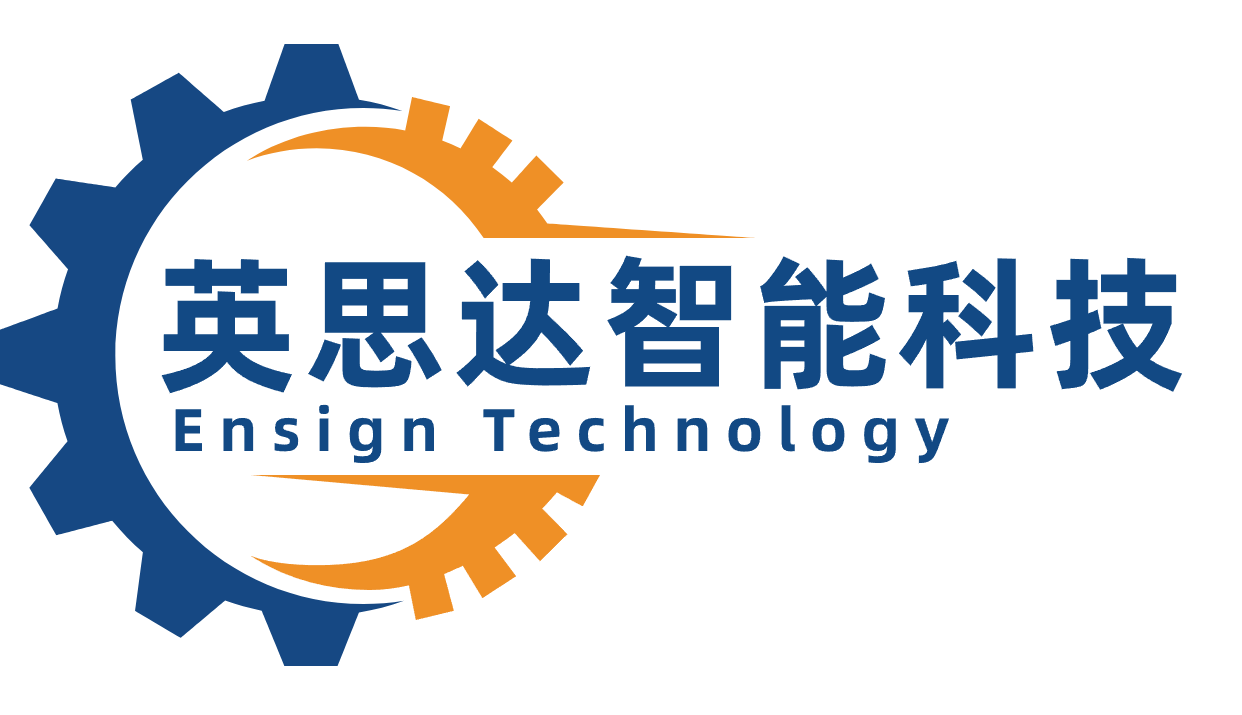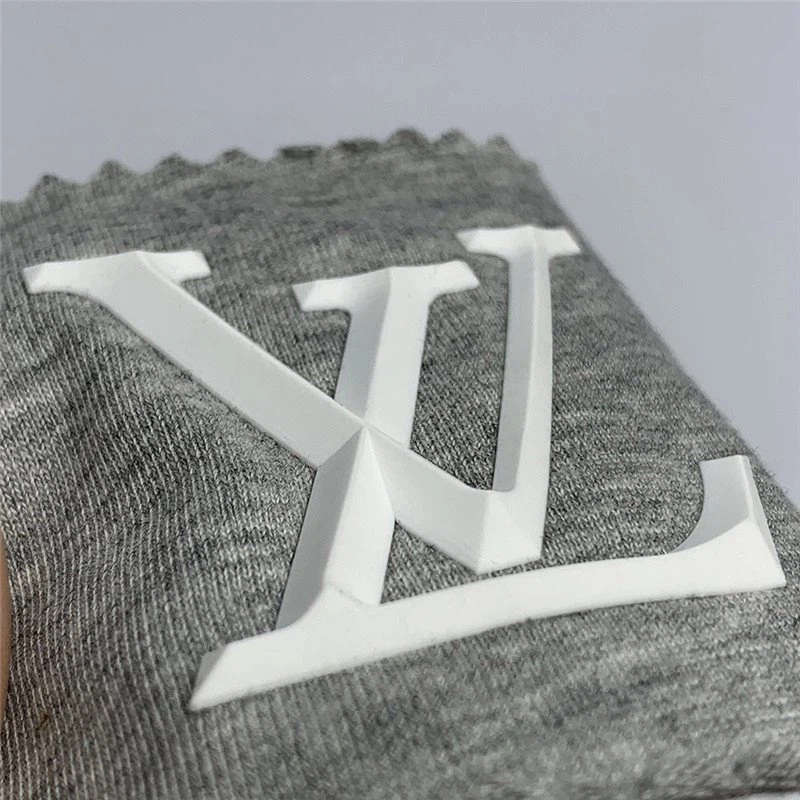## Differences Between Silicone Heat Transfer Printing and High-Frequency Process in Clothing Branding
In the realm of clothing branding, the application of logos and trademarks is crucial for establishing identity and recognition. Two popular methods for applying these designs are **silicone heat transfer printing** and **high-frequency processes**. Each method has its unique characteristics, advantages, and applications. This article will explore the distinctions between these two techniques, focusing on their processes, benefits, and suitability for various types of clothing.
### Understanding Silicone Heat Transfer Printing
**Silicone heat transfer printing** is a versatile method used to apply designs onto fabrics. This process involves transferring graphics from a silicone pad to the garment using heat and pressure. The silicone material is known for its durability, flexibility, and vibrant color retention. It allows for intricate designs to be transferred with precision.
#### Process of Silicone Heat Transfer Printing
1. **Design Creation**: The first step involves creating the desired graphic or logo digitally.
2. **Silicone Pad Preparation**: A silicone pad is prepared, which will hold the design.
3. **Transfer Application**: The silicone pad is heated and pressed onto the fabric, transferring the design.
4. **Cooling**: After a brief cooling period, the silicone adheres firmly to the fabric.
This method is particularly effective for small to medium-sized runs due to its precision and ability to produce high-quality results.
### Advantages of Silicone Heat Transfer Printing
– **Durability**: Silicone prints are resistant to cracking and fading, making them ideal for clothing that undergoes frequent washing.
– **Flexibility**: The silicone material can stretch with the fabric, ensuring that the design maintains its integrity over time.
– **Vibrant Colors**: Silicone inks provide bright colors that stand out on various fabric types.
### Applications of Silicone Heat Transfer Printing
Silicone heat transfer printing is widely used in several industries:
– **Fashion Apparel**: Ideal for applying logos on t-shirts, jackets, and other clothing items.
– **Sportswear**: Commonly used for team uniforms where durability is essential.
– **Promotional Products**: Effective for creating branded merchandise like bags and caps.
### Understanding High-Frequency Process
The **high-frequency process**, also known as high-frequency welding or sealing, is another technique used in garment branding. This method employs high-frequency electromagnetic waves to bond materials together without the need for adhesives. It is often used for applying patches or labels onto fabrics.
#### Process of High-Frequency Application
1. **Material Preparation**: The fabric and patch or label are prepared for bonding.
2. **High-Frequency Application**: Electromagnetic waves are applied to heat the materials at specific points, causing them to bond together.
3. **Cooling and Setting**: Once bonded, the materials are allowed to cool, ensuring a strong attachment.
### Advantages of High-Frequency Process
– **Strong Bonding**: The high-frequency process creates a strong bond that can withstand wear and tear.
– **No Adhesives Required**: This method eliminates the need for glue or other adhesives, which can degrade over time.
– **Seamless Finish**: The process results in a smooth finish without visible stitching.
### Applications of High-Frequency Process
This method is particularly useful in specific applications:
– **Outdoor Gear**: Commonly used in waterproof clothing where seams must be sealed tightly.
– **Sports Equipment**: Effective for bonding materials in items like inflatable products or protective gear.
– **Fashion Accessories**: Used for applying logos on bags and other accessories where a clean finish is desired.
### Conclusion
Both silicone heat transfer printing and high-frequency processes offer unique advantages when it comes to applying trademarks and logos on clothing. Silicone heat transfer printing excels in producing vibrant designs with flexibility and durability, making it ideal for fashion apparel and promotional products. Conversely, the high-frequency process provides a strong bond without adhesives, suitable for outdoor gear and accessories requiring a seamless finish.
When choosing between these methods, brands should consider their specific needs regarding design complexity, durability requirements, and production scale. By understanding these differences, businesses can make informed decisions that enhance their branding efforts effectively while ensuring quality in their apparel offerings.

